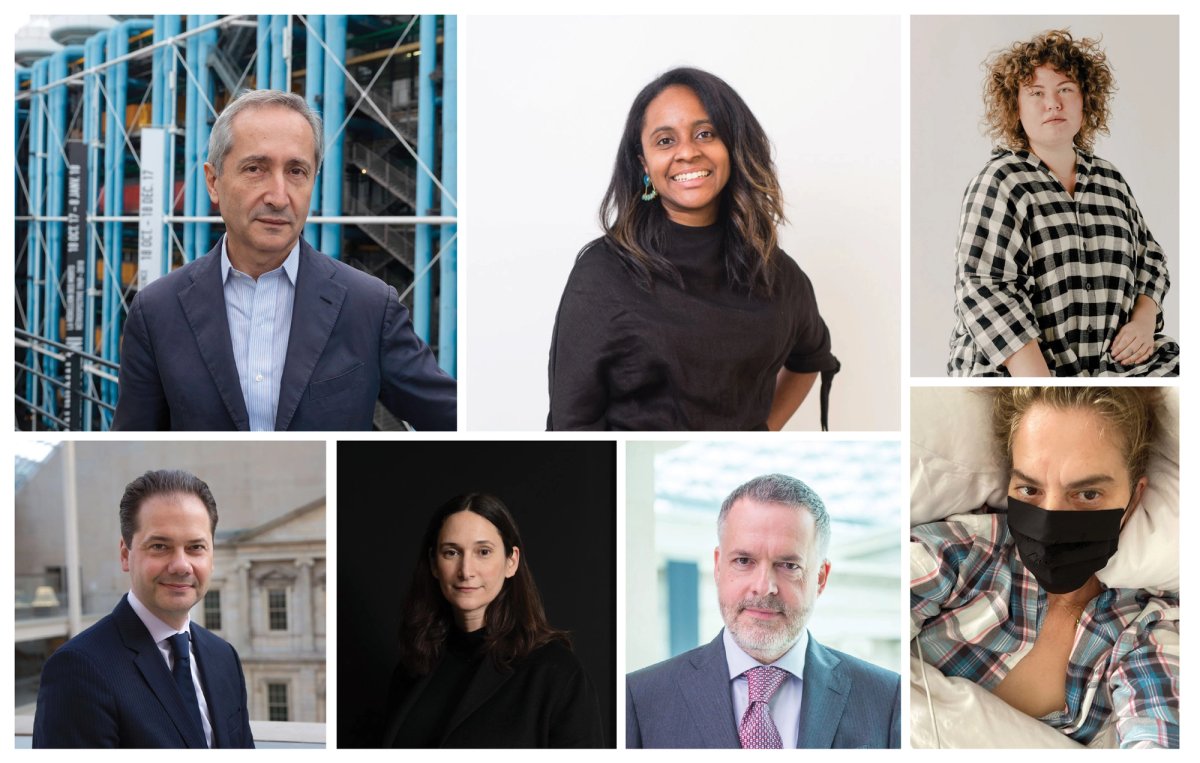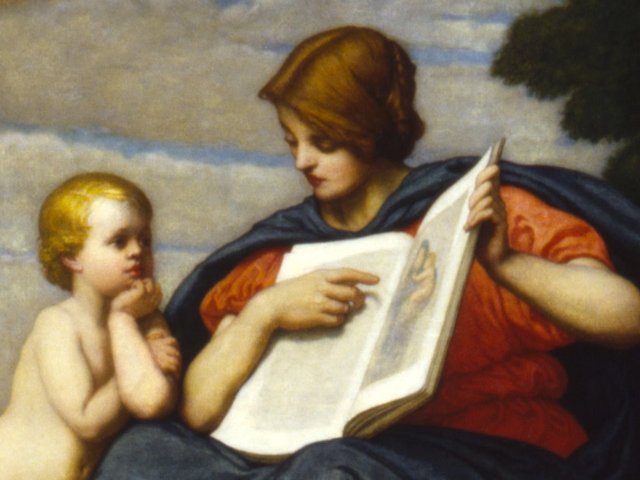
Tracey Emin's Self portrait, November 2020’
Tracey Emin, artist
Paul Thek: Artist’s Artist (2009) edited by Harald Falckenberg and Peter Weibel
“There is relatively little known about this artist, so it was really fantastic to have this giant book at my fingertips. The essays are really good.”
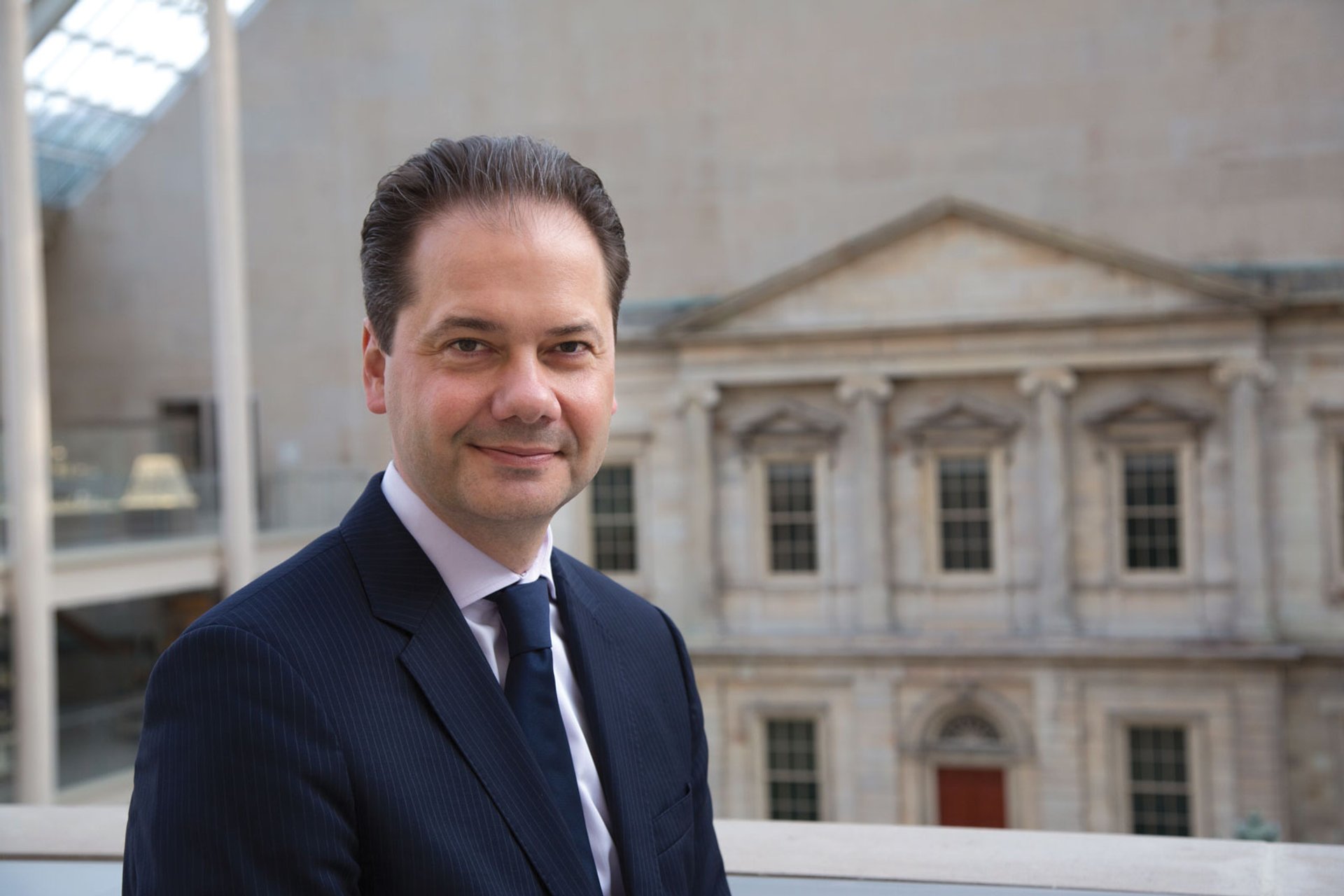
Max Hollein Courtesy of the Metropolitan Museum of Art/Eileen Travell
Max Hollein, director, Metropolitan Museum of Art
The Irascibles: Painters Against the Museum, New York, 1950 (2020) by Daniel Belasco et al.
“This extraordinary catalogue is a unique documentary of one of the early artist protests against a museum—the Metropolitan Museum of Art. It is a fascinating book that unveils the layers of action, inaction, dependency, success and failure in the web of artists, critics, museum officials, dealers and collectors during the ascension of the New York art scene in the early 1950s.”

Hartwig Fischer Photo: Benedict Johnson
Hartwig Fischer, director, British Museum
Die Teilung der Welt (2020; English edition The Division of the World, 2021) by Ursula Schulz-Dornburg and Martin Zimmermann
“A fascinating, beautifully designed book based on Ursula Schulz-Dornburg’s magnificent photographs of the Archivo General de Indias in Seville, which was created in 1785 to house 90 million documents relating to Spanish colonial rule over the Americas. Zimmermann’s brilliant essay explores the insatiable lust to conquer the world, taking as a focal point the famous 1494 Treaty of Tordesillas through which Spain and Portugal carved up the planet, without ever being able to determine the exact position of the line of demarcation.”

Christina Quarles Photo: Daniel Dorsa, courtesy Pilar Corrias and Regen Projects
Christina Quarles, artist
Young Gifted and Black: A New Generation of Artists (2020) by Antwaun Sargent, ed
“I mostly receive gratis copies of books that I’m in, but I must say that, of these, Young, Gifted and Black really stands out as a remarkably beautiful book and it is a joy to look through.”

Andrew Nairne Photo: Josh Murfitt
Andrew Nairne, director, Kettle’s Yard
Library of Exile (2020) by Edmund de Waal
“This slim book superbly documents and discusses a powerful, resonant artwork, that is also [meant] to be used. The installation by Edmund de Waal of 2,000 books by exiled writers, and vitrines containing porcelain vessels, will have a final home—after [being on show in] Venice, Dresden and London—in the restored University Library of Mosul.”
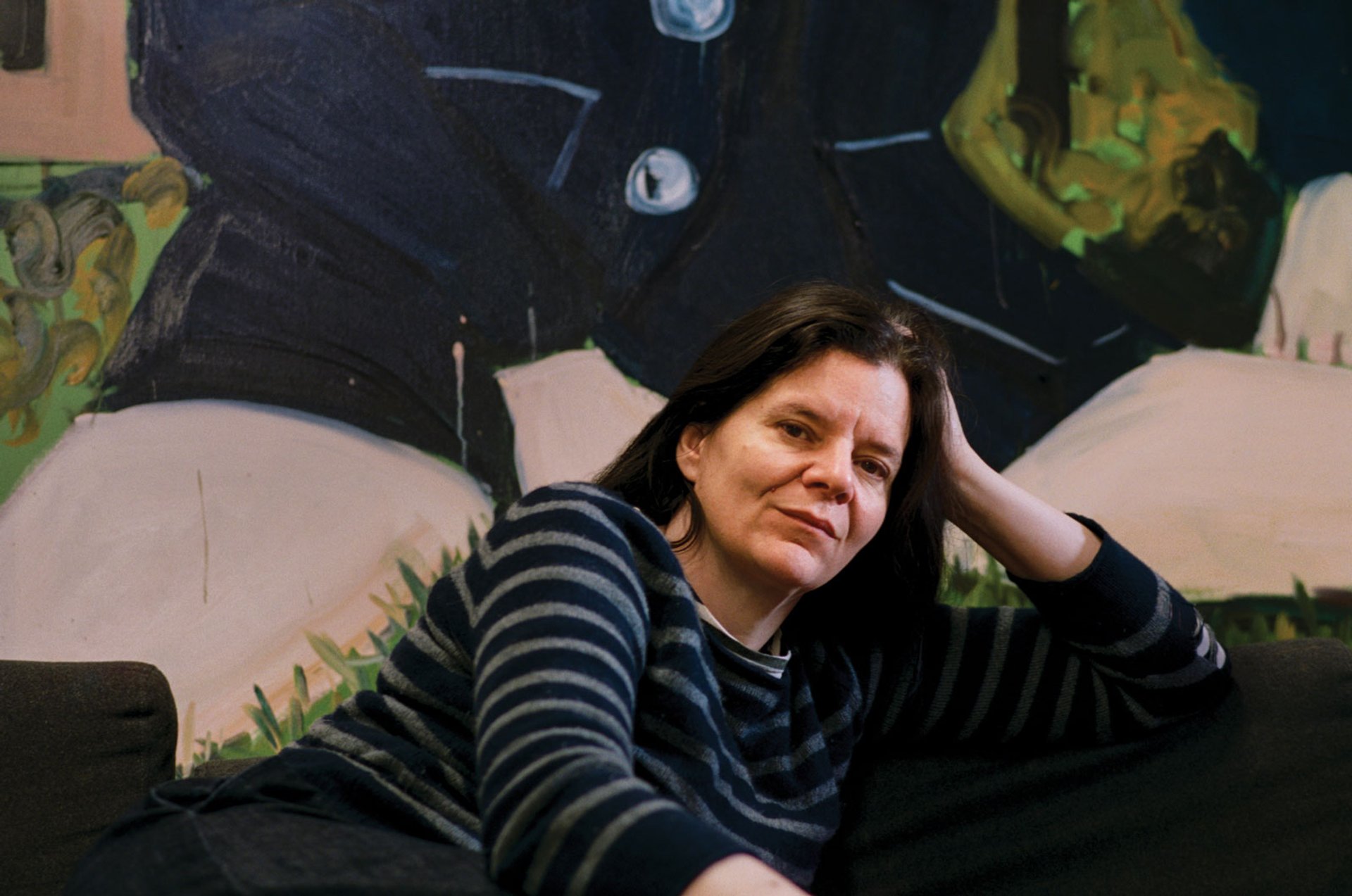
Chantal Joffe Courtesy of the artist and Victoria Miro; Photo © Isabelle Young
Chantal Joffe, artist
Self Portrait (2019) by Celia Paul
“I loved Celia Paul’s Self Portrait—she describes with such vividness how it feels to be very young. She writes with real honesty [about] her ambitions as a painter and her innocence and intensity as a young woman. Her relationship with Lucian Freud is also fascinating to read about.”
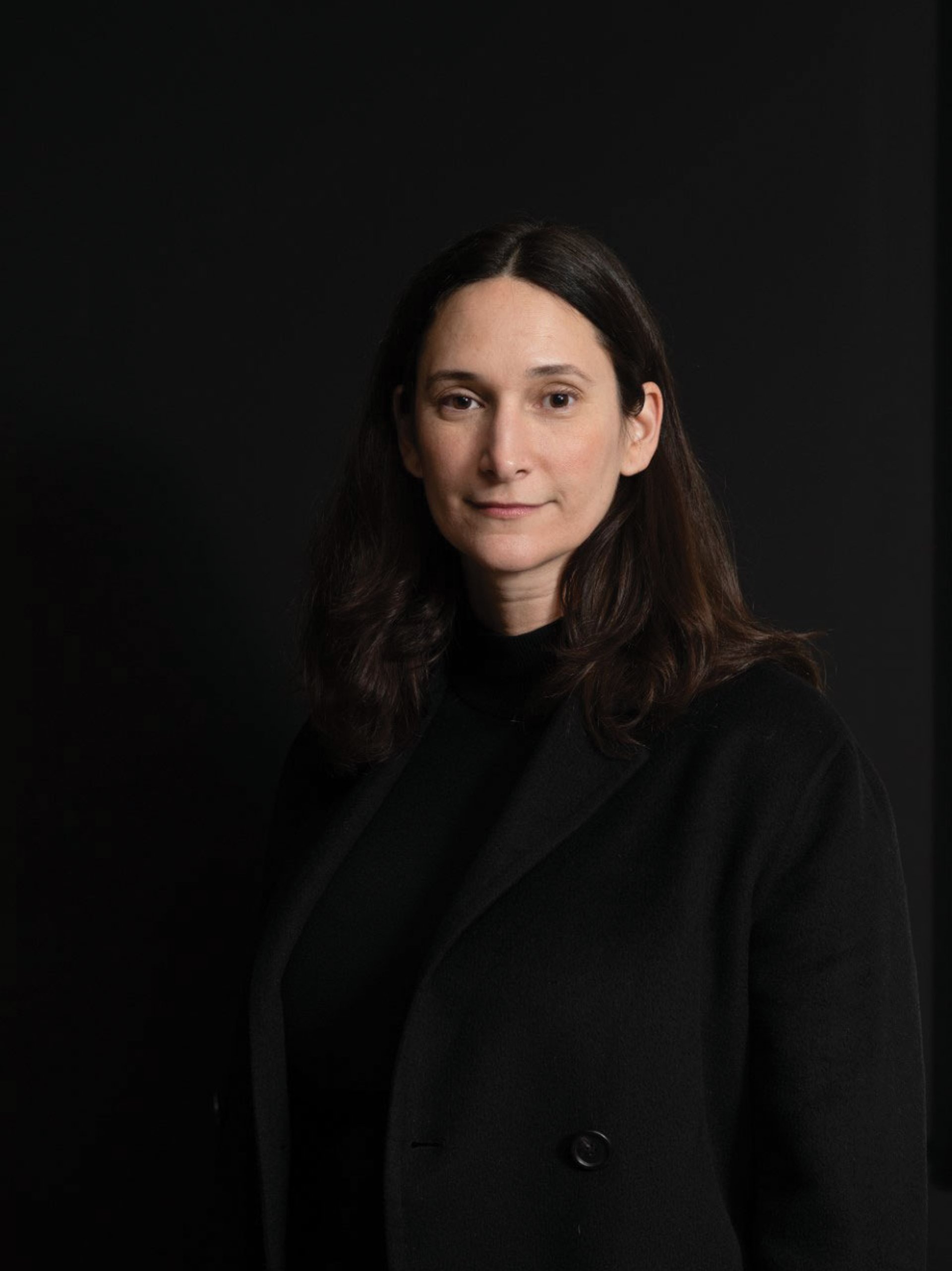
Bettina Korek Photo: Hugo Glendinning
Bettina Korek, chief executive, Serpentine Galleries
Word Book (2020) by Ludwig Wittgenstein, with illustrations by Paul Chan
“Paul Chan used his non-dominant hand to make a drawing for each of the words and concepts Ludwig Wittgenstein listed in his 1920 book Wörterbuch für Volksschulen [dictionary for elementary schools], the philosopher’s curriculum for teaching children in rural Austria after abruptly abandoning his career at the University of Cambridge. Chan’s book is about the beauty of remaining open to new ideas and perspectives.”

Frances Morris © Tate photography
Frances Morris, director, Tate Modern
The Patterning Instinct: A Cultural History of Humanity’s Search for Meaning (2017) by Jeremy Lent
“As artists and institutions mobilise to help in combating climate and ecological emergency, The Patterning Instinct offers a fascinating account of the history of human culture and the natural world via cognitive science and systems theory, and—crucially—puts culture at the centre of the great transformation in values required to secure humanity’s survival.”
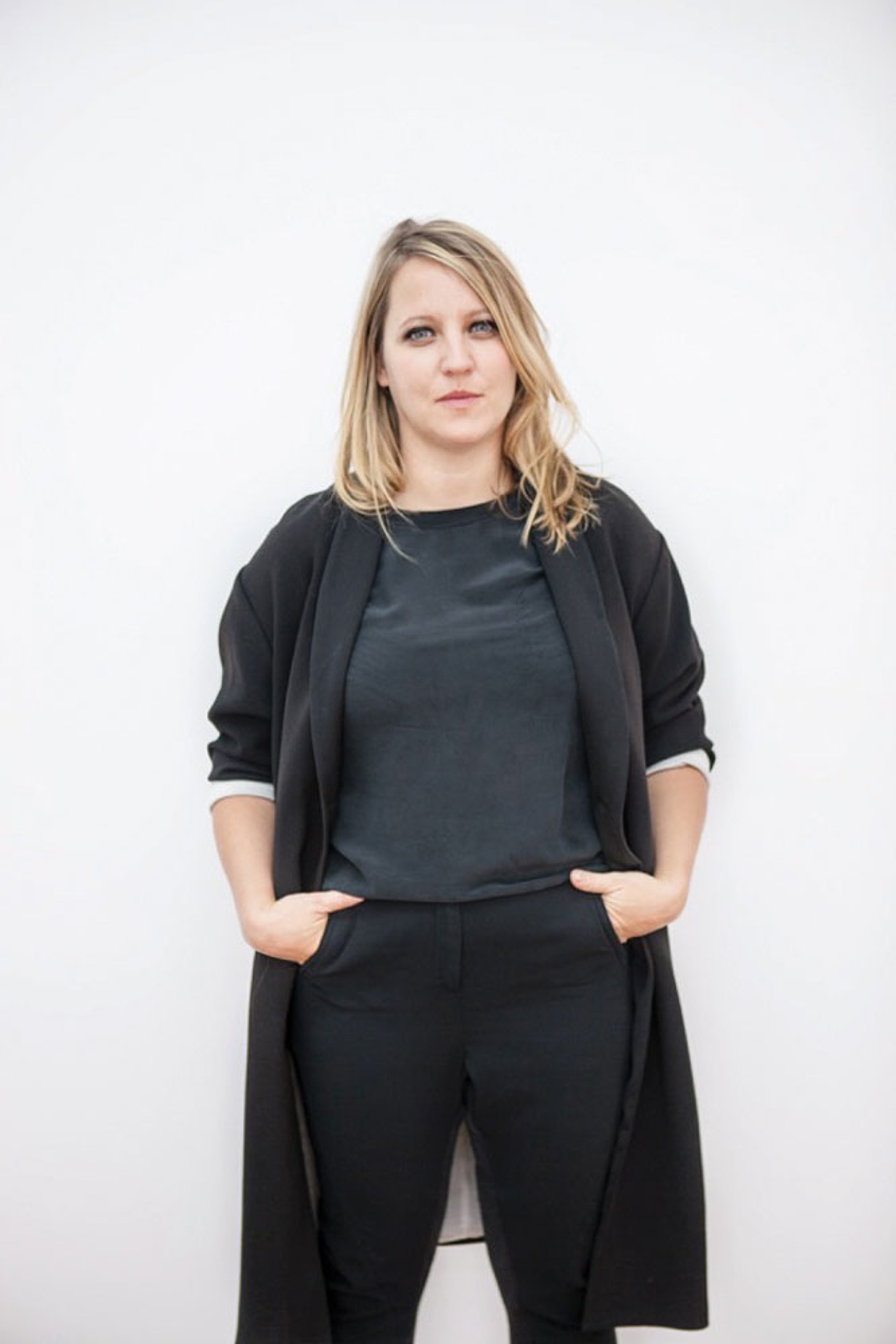
Nicola Lees
Nicola Lees, director, Aspen Art Museum
Artforum (2020) by César Aira
“César Aira imbues an ordinary inanimate object—his subscription to the eponymous art periodical—with expanded meaning. Yet this isn’t simply a book about a magazine but a deep observation on our fixation with staying informed and appearing in the know, and with aspiration more broadly.”

Andrew Bonacina
Andrew Bonacina, chief curator, Hepworth Wakefield
The Brutish Museums (2020) by Dan Hicks
“The Brutish Museums is a book I’ve been waiting for all year and its arrival couldn’t be more timely. The current health crisis has forced museums and galleries to confront their vulnerabilities, none more so than the histories of colonial violence that underpin many of the world’s collections. Hicks’s book is a clarion call for action, at all levels, to address these brutal histories, and this incisively argued book will make it impossible for us to ignore the work that must now be done.”
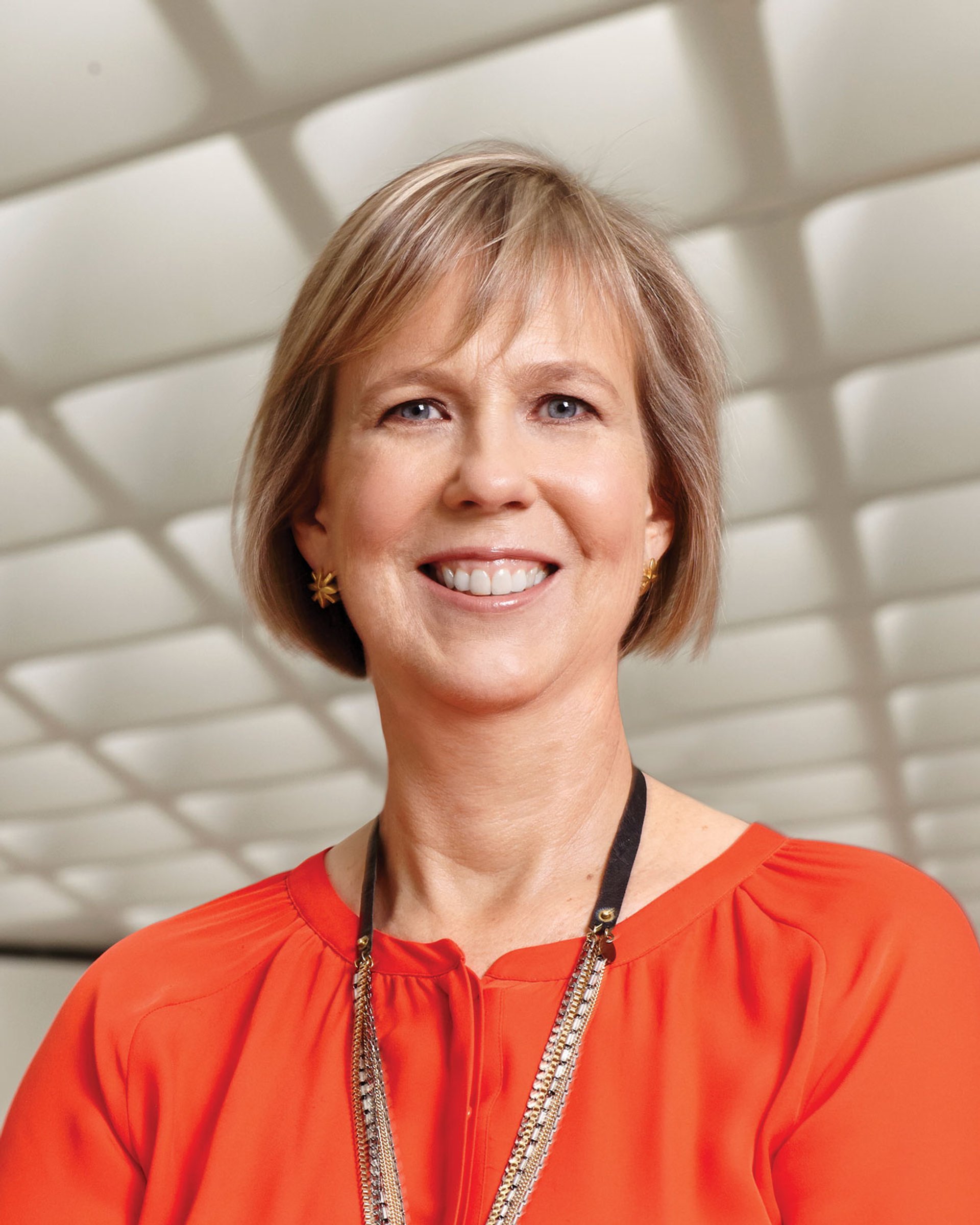
Joanne Heyler Courtesy of the Broad
Joanne Heyler, founding director, The Broad
William Kentridge: A Poem That Is Not Our Own (2019) by Sébastien Delot and Josef Helfenstein, eds
“[This] catalogue is a brilliant accompaniment [to the 2019 Kunstmuseum Basel exhibition], taking the reader from Kentridge’s origins in South African theatre and politics all the way up to his recent monumental project, The Head & the Load, from 2018. Notably, the book has a wonderfully researched and thorough timeline tracking Kentridge’s development as an artist against the backdrop of South African history.”
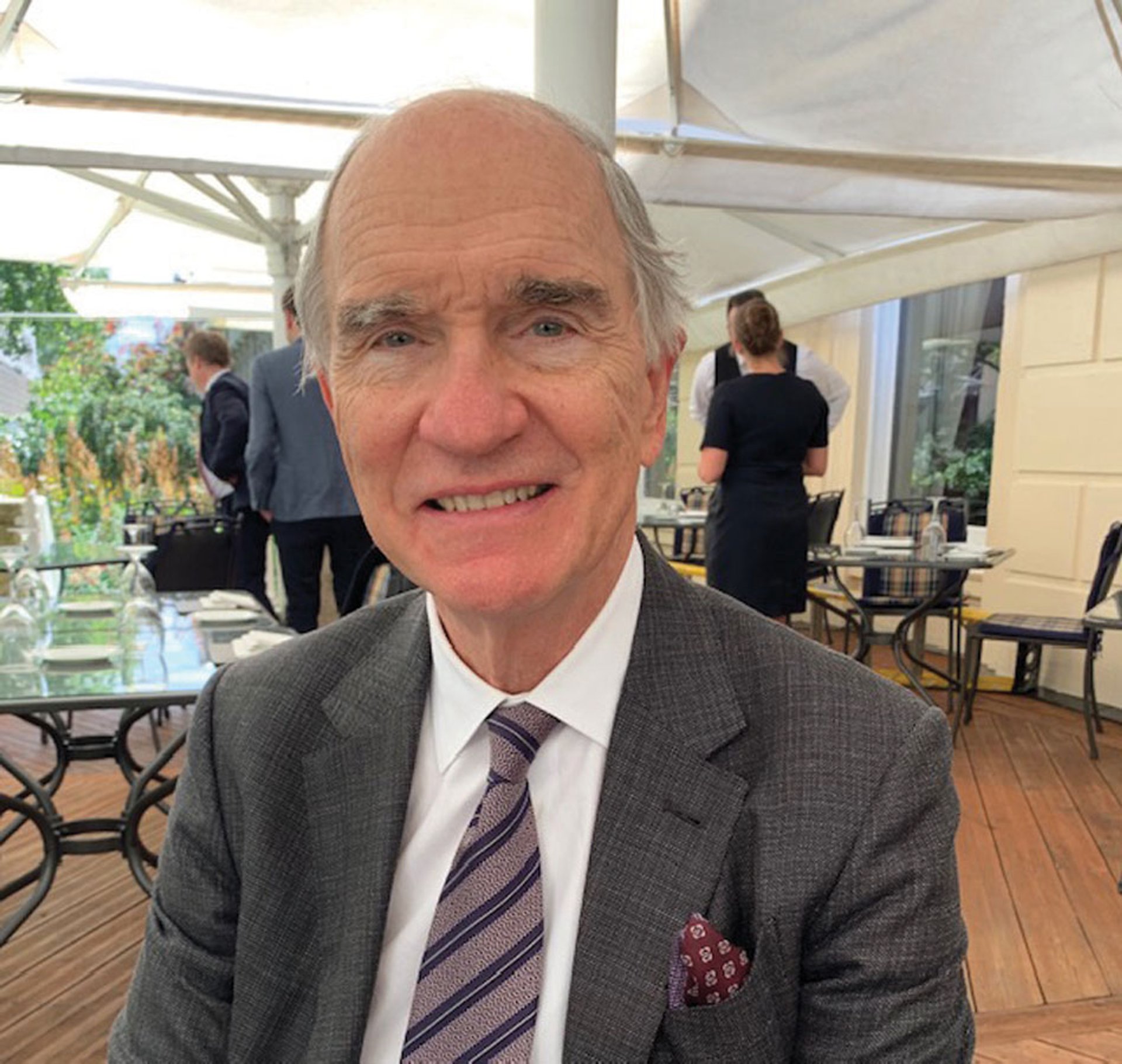
Bruce Boucher Courtesy of Bruce Boucher
Bruce Boucher, director, Sir John Soane’s Museum
Forgotten Masters: Indian Painting for the East India Company (2019) by William Dalrymple
“The most beautiful catalogue and most original exhibition I enjoyed this year was Forgotten Masters at the Wallace Collection in London. Curated by [historian and author] William Dalrymple, the exhibition shone a light on the late flowering of Mughal art at the turn of the 19th century with an arresting group of watercolours. It was fascinating to see the miniaturist talents of these artists applied to documenting the flora, fauna, and everyday life of the Raj. The brilliance of the images was matched both by William Dalrymple’s text and the design of the catalogue by his equally distinguished brother Robert.”
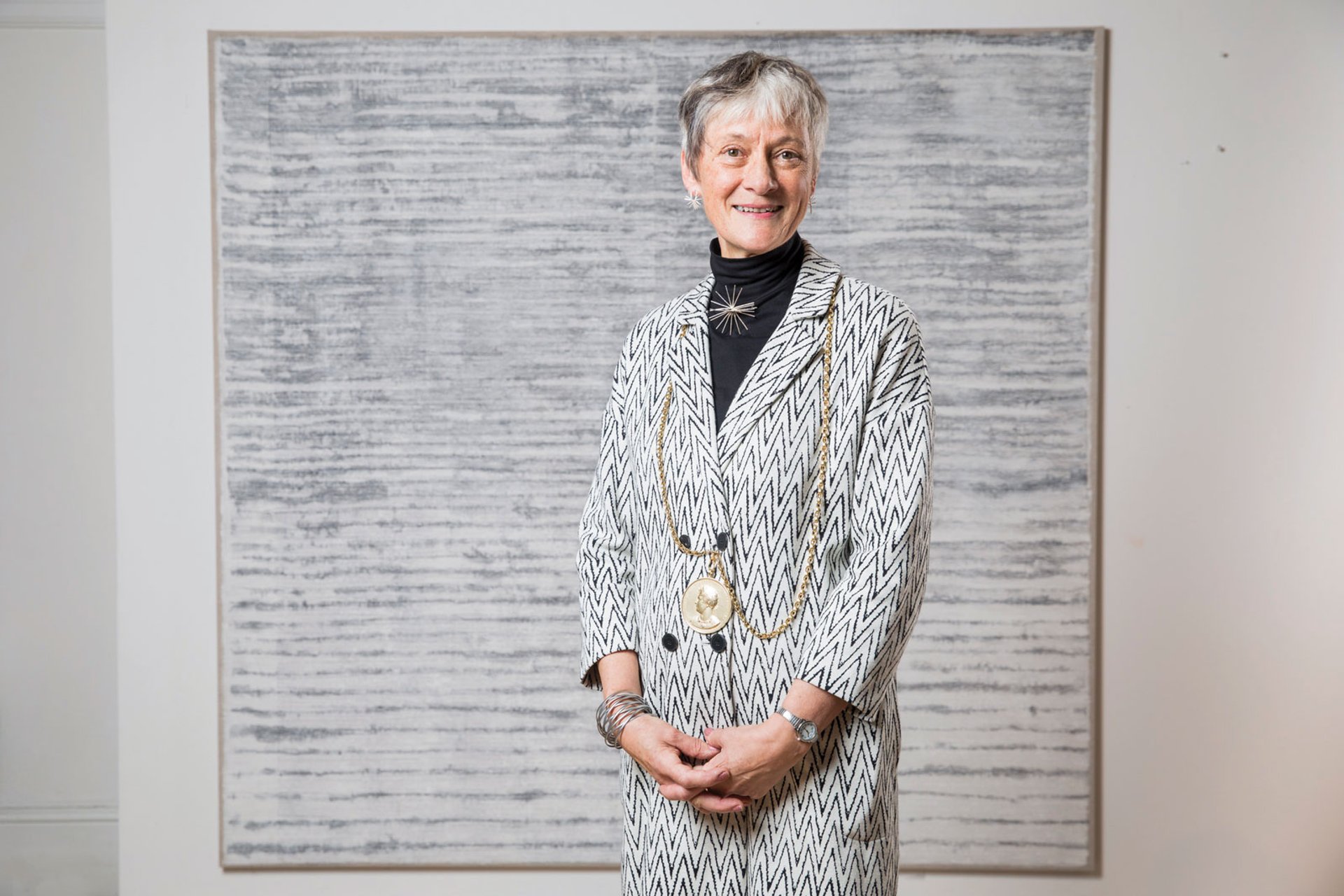
Rebecca Salter © Getty Images; Tristan Fewings
Rebecca Salter, president, Royal Academy of Arts
Angelica Kauffman (2020) edited by Bettina Baumgärtel
“The pandemic has deprived us of so much, and for me and the Royal Academy one of the saddest losses was the cancellation of the Angelica Kauffman exhibition. A founding member of the Royal Academy, her homecoming was long overdue. The accompanying catalogue does, however, help to ease the pain of the loss of the exhibition. The works are beautifully illustrated with full notes and the reader is left in no doubt that Kauffman deserved fame in her lifetime and should one day be honoured at the Royal Academy.”
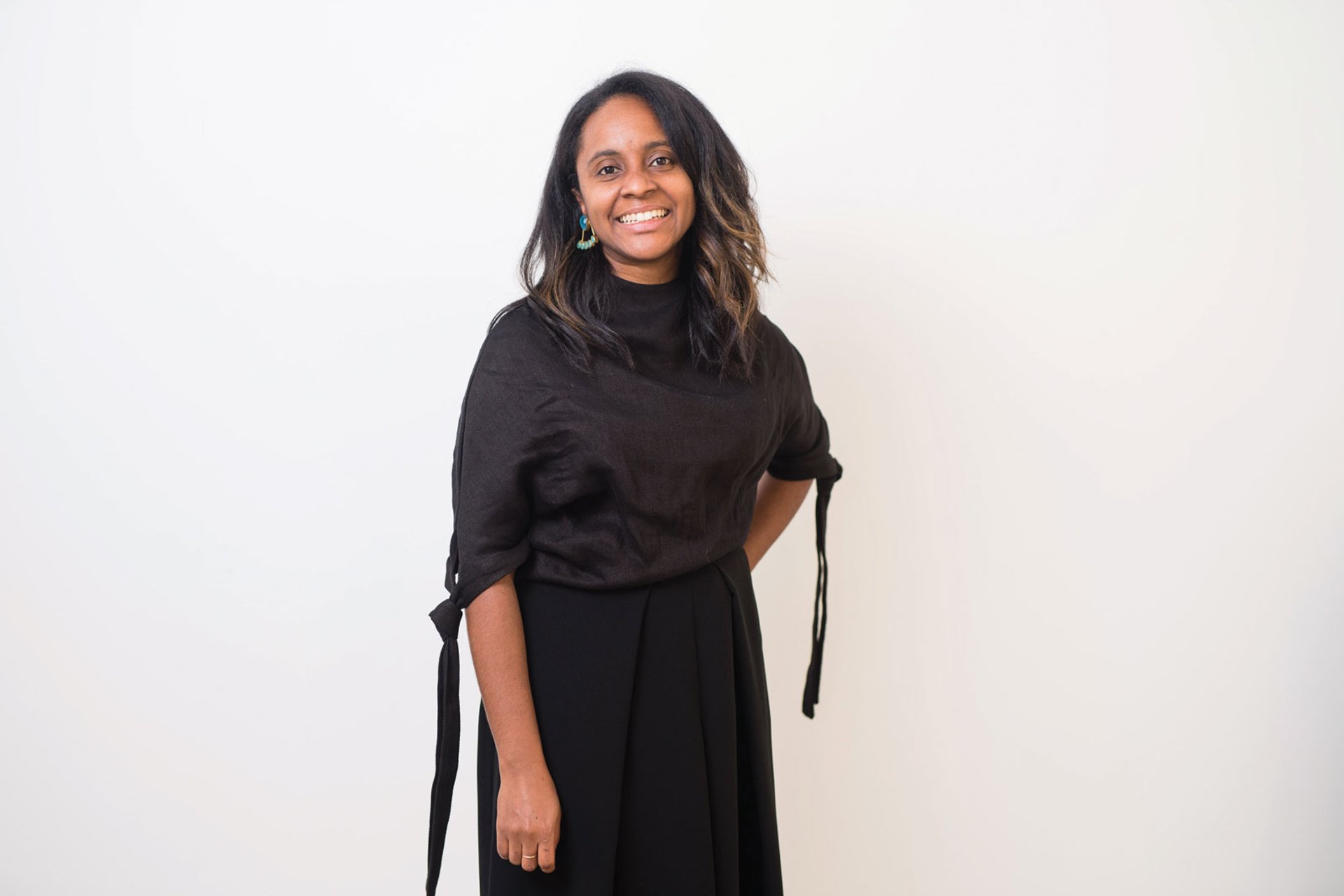
Zoé Whitley James Gifford-Mead
Zoé Whitley, director, Chisenhale Gallery
Marking Time: Art in the Age of Mass Incarceration (2020) by Nicole R. Fleetwood
“Nicole R. Fleetwood’s Marking Time introduced me to artists working outside of a hyper-monetised system and, equally incisively, highlights meaningful artistic practices operating with deep effect within and beyond our museums and galleries, including Sable Elyse Smith and Titus Kaphar.”

Bernard Blistène © Philippe Migeat
Bernard Blistène, director, Musée National d’Art Moderne, Centre Pompidou
Matisse Comme Roman (2020) edited by Aurélie Verdier
“It will come as no surprise that I want to mention the magnificent [publication] dedicated to our exhibition Matisse: Like a Novel. It is a splendid book, backed up by rare and fascinating documentation.”
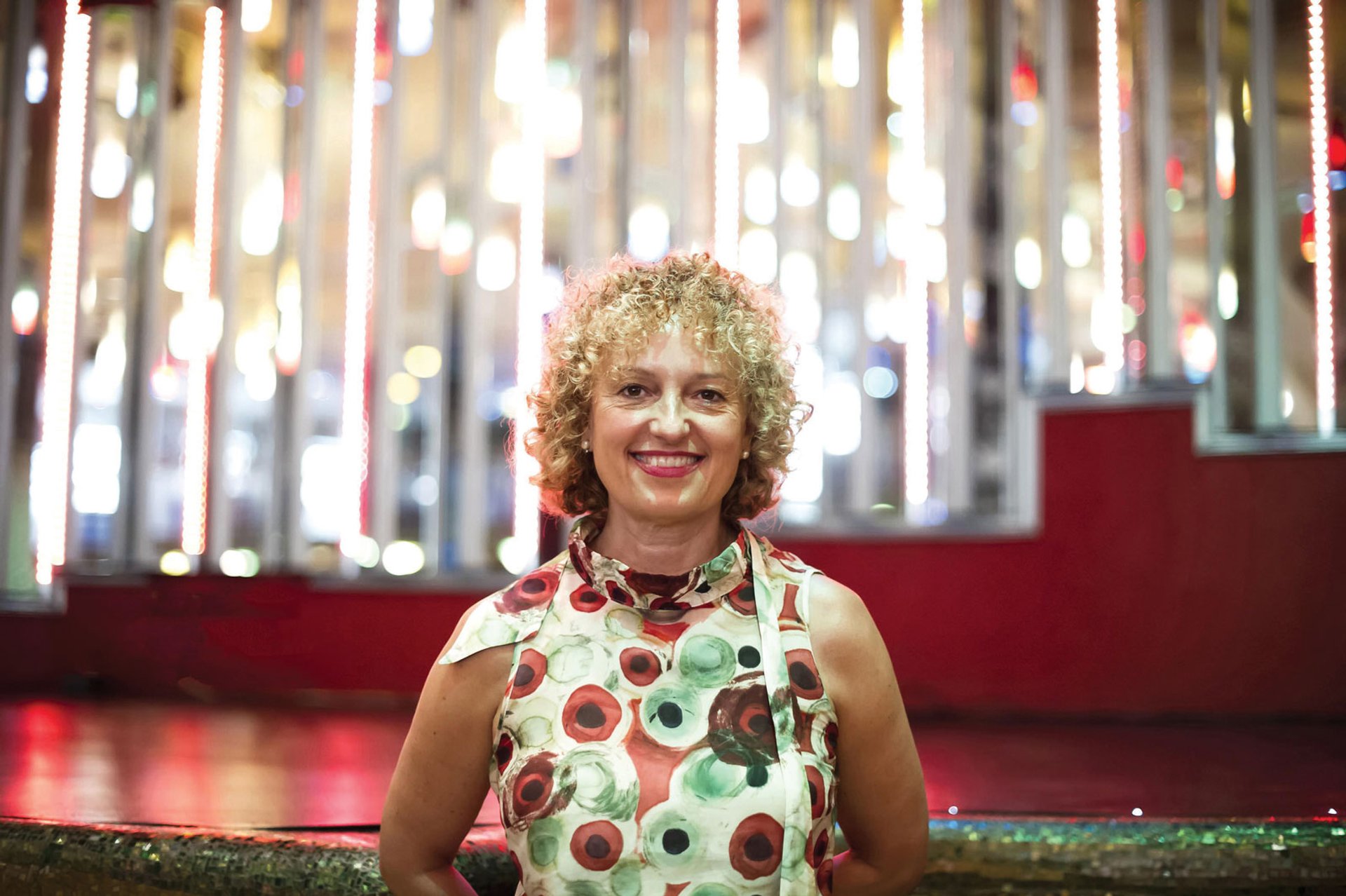
Carolyn Christov-Bakargiev Photo: Giorgio Perottino
Carolyn Christov-Bakargiev, director, Castello di Rivoli Museum of Contemporary Art
A Demon-Haunted Land: Witches, Wonder Doctors and the Ghosts of the Past in Post-WWII Germany (2020) by Monica Black
“As I’ve been preparing the exhibition Espressioni: the Proposition—which looks at expression in art from cave paintings to today and includes Anne Imhof’s solo show Sex—I’ve been thinking about the colour red and reading Red: The History of a Colour by Michel Pastoureau alongside A Demon-Haunted Land. Both help us understand the dramatic times we are living in and Imhof’s work. Red is the colour of cave painting, the body, vitality and passion, Christ’s Passion and all that is not relevant to the digital.”
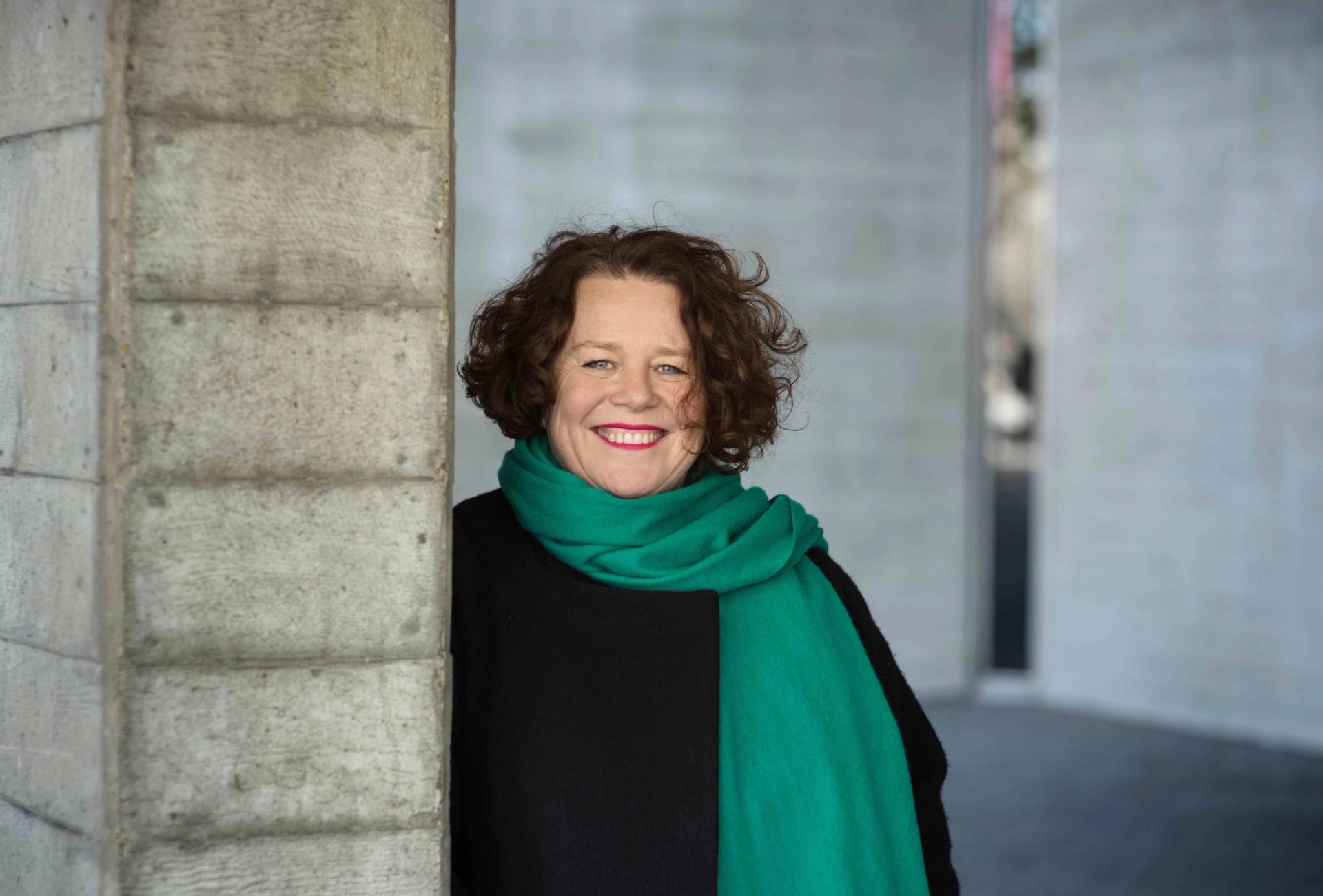
Sally Tallant, president and executive director of Queens Museum, New York courtesy Sally Tallant
Sally Tallant, president and executive director of Queens Museum, New York
Marking Time, Art in the Age of Mass Incarceration (2020) by Nicole R. Fleetwood
"This hopeful and timely book and exhibition at MoMA PS1 curated by Nicole Fleetwood, are essential viewing and reading. As the movement to transform the country’s criminal justice system grows, art provides the imprisoned with a political voice. Their works testify to the economic and racial injustices that underpin American punishment and offer a new vision of freedom for the twenty-first century."
Glitch Feminism, A Manifesto (2020) by Legacy Russell
"This book is a new chapter in cyberfeminism, one that explores the relationship between gender, technology and identity. Developing the argument through memoir, art and critical theory, Russell looks at the work of contemporary artists who travel through the glitch in their work. Timely and provocative, this book explores how an error can be a revolution."
Emergent Strategy, Shaping Change, Changing Worlds (2017) by Adrienne Maree Brown
"This book inspired by Octavia Butler's explorations of how we relate to change and emergent patterns is an essential tool to prepare us for the uncertain futures we are facing."


